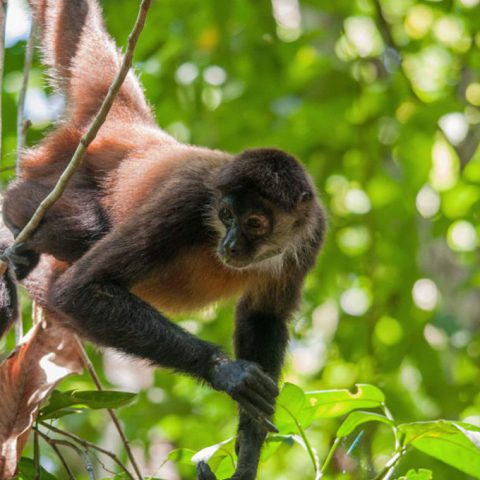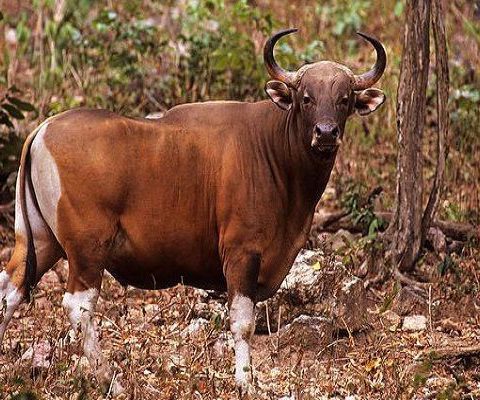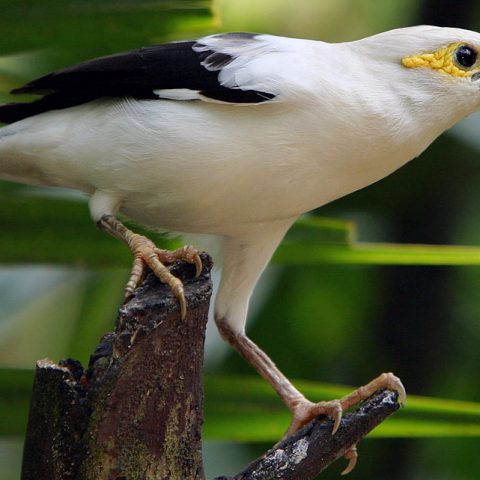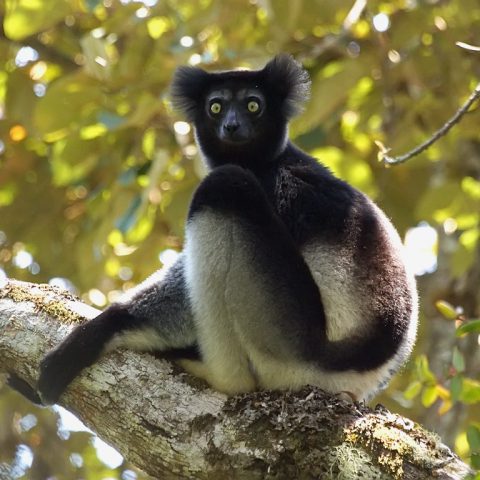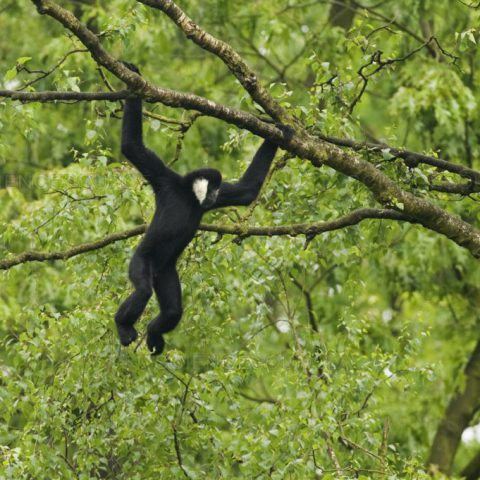Tristan Albatross
![]() Critically Endangered
Critically Endangered
Population
The current population is estimated to be around 1500 breeding pairs, with a high estimation being around 4,000 birds remain
Size
The size of the species is around 103 centimetres in length with a wingspan of up to 3.05 metres
Weight
The weight of the species ranges between 6.8 to 7.3 kilograms
Countries
St Helena
Distribution
The species is distributed only in small areas of Hainan Island in China.
Description
The Tristan Albatross bears an incredibly similar looks to the Wandering Albatross, but it is smaller and has a darker colour on its back. The plumage of the species never retains the full white and will have dark greys and browns over its back.


Quick Facts
Key behaviour of the Triston Albatross includes:
- The species breeds biennially and will nest in wet heath from 400 to 700 m
- The species is monogamous
- The species does not begin breeding until they are 10 years old
The diet of the Triston Albatross is made up of fish and cephalopods
Due to the Triston Albatross being incredibly difficult to distinguish from the Wandering Albatross, the full range of the species is still not fully understood. Through satellite tracking the species is most frequent in the Southern Atlantic ocean. Males typically forage west of the breeding islands towards South America with some sightings occurring near the coast of Brazil, while the females tend to forage towards the east towards Africa.
The main threats that face the Triston Albatross are:
- Long-line fishing
- The introduction of mice which prey on the chicks
Conservation Efforts
The species does not have any dedicated conservation efforts, but does have some research and population monitoring on Gough Island.



